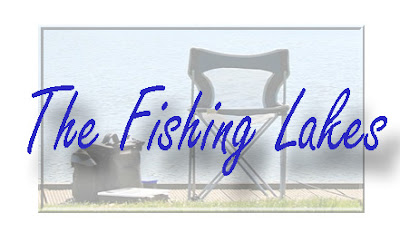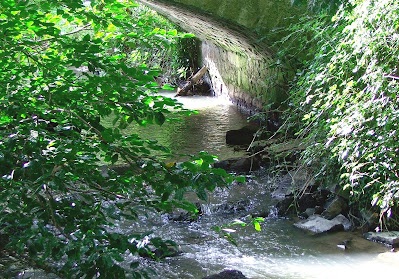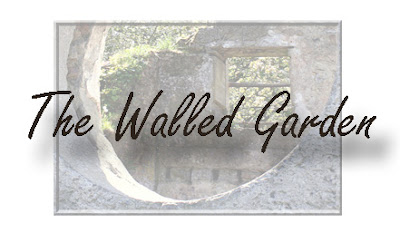Estate buildings at Corkagh
Anybody visiting Corkagh will recognise the buildings that now serve as a depot for the Council and may wonder about their history.
This collection of functional buildings was constructed around 1820 by the Finlay family of Corkagh. Since there has been a house at this spot since at least 1690 it is probable that they replaced older buildings but of those no trace remains.
In the early 19th century considerable changes were
made to the Corkagh Estate. The surrounding land was now actively farmed to generate an income and
with advances in farming techniques new outbuildings were required.
 |
| Cottage Window at Corkagh. |
 |
| These cottages once housed the laundry and would have been a hive of activity on wash days. |
Prior to 1960, what is now the council yard, was divided by a high stone wall. On one side (behind what is now used as a toilet block) was a 'work' area and on the other (opposite the cottages) a rose garden.
The two storey stable buildings were an important element of the Estate. They provided shelter for the horses and storage for hay and grains.
 |
| The upper level of the stables, seen from the back avenue was where animal feed and hay would have been stored. The outer yard is in the foreground and at one time there was a large horse pond here. |
 |
| Entrance to stable building with ruined cottages adjacent. These can be seen from the back avenue. I understand that these houses were still lived in until the 1970s. |
 |
| Unlike the cottages at the front these have been allow to fall in to ruin. At one time they housed the dairy men who began milking at 5am each morning. |
During the 1940s the Finlay-Colley family operated Clondalkin Dairies from these buildings. It was a successful operation as Dudley Colley was an early adopter of milking machines which allowed
him to increase his herd and run 5 delivery vans supplying milk to the locality. Some of the stable buildings were used to house and milk the Corkagh dairy herd. The company logo was: Connie the Corkagh Cow!! The estate was particularly hard hit by the foot and mouth outbreak of the late 1940s. Much of Corkaghs herd were slaughtered and buried within what is now the park. Dudley Colley died prematurely in 1959 and his widow sold the greater part of Corkagh retaining adjacent Kilmatead (known as Little Corkagh and formerly the site of the Gunpowder Mills) where she moved with her children.
On the other side of the path there was a shed where cattle were milked.
 |
| All that remains is the entrance (across a small bridge) and a couple of steps. |
Corkagh was purchased by Sir John Galvin an Australian who had made millions from investments in a Malaysian Iron ore mine. Galvin had a passion for horses and equestrian sports and he provided sponsorship for the U.S Olympic equestrian team in the early 1960s. His daughter Eileen was a member of that team. Corkagh was renamed as Treemare Stud and Captain Cyril Harty from the famous equestrian family was hired as manager and trainer. The Hartys trained both racehorses and showjumpers and many stars of the track and ring were trained or retired here. One of the stable buildings was converted to an indoor training ring, another was expanded to ensure that the star horses had suitably salubrious accommodations!
In 1973 A New York Times article reveals that ‘Snowbound and San Lucas, two of the greatest horses ever to compete for the United States Equestrian Team, have been retired and are grazing on the estate of their former owner, Sir John Galvin, outside Dublin.‘ Another article online mentions Corkagh: ‘We retired Snowbound, now 14, after Munich, especially as his rider was scheduled to retire at the end of the year too. He returned to John Galvin’s beautiful farm outside of Dublin and enjoyed a well-earned life of ease until he died.‘
 |
| Second storey of stable building which once housed some of best known show jumping horses of the time. In the foreground is an old boundary wall and bricked up arched entrance. |
Sir John Galvin sold Corkagh to Dublin County Council in 1983.



















